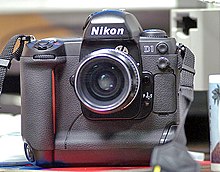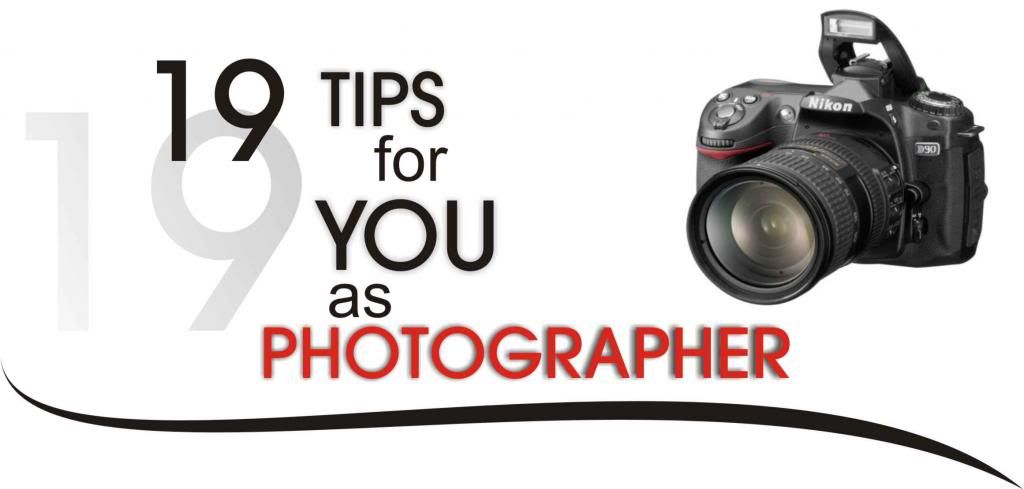
Photography is the art, science, and practice of creating durable images by recording light or other electromagnetic radiation, either chemically by means of a light-sensitive material such as photographic film, or electronically by means of an image sensor.[1] Typically, a lens is used to focus the light reflected or emitted from objects into a real image on the light-sensitive surface inside a camera during a timed exposure. The result in an electronic image sensor is an electrical charge at each pixel, which is electronically processed and stored in a digital image file for subsequent display or processing.
The result in a photographic emulsion is an invisible latent image, which is later chemically developed into a visible image, either negative or positive depending on the purpose of the photographic material and the method of processing. A negative image on film is traditionally used to photographically create a positive image on a paper base, known as a print, either by using an enlarger or by contact printing.
Photography has many uses for business, science, manufacturing (e.g. photolithography), art, recreational purposes, and mass communication.
Etymology
On 1834, in Campinas, Brazil, Hercules Florence, a French painter and inventor, wrote in his diary the word "photographie" to describe his process.[2] As far as can be ascertained, it was Sir John Herschel in a lecture before the Royal Society of London, on March 14, 1839 who made the word "photography" known to the world. But in an article published on February 25 of the same year in a German newspaper called the Vossische Zeitung, Johann von Maedler, a Berlin astronomer, had used the word photography already.[3]The word photography derives from the Greek φωτός (phōtos), genitive of φῶς (phōs), "light"[4] and γραφή (graphé) "representation by means of lines" or "drawing",[5] together meaning "drawing with light".[6]
Digital photography



Main article: Digital photography
See also: Digital camera and Digital versus film photography
In 1981, Sony unveiled the first consumer camera to use a charge-coupled device for imaging, eliminating the need for film: the Sony Mavica.
While the Mavica saved images to disk, the images were displayed on
television, and the camera was not fully digital. In 1991, Kodak
unveiled the DCS 100, the first commercially available digital single lens reflex camera. Although its high cost precluded uses other than photojournalism and professional photography, commercial digital photography was born.Digital imaging uses an electronic image sensor to record the image as a set of electronic data rather than as chemical changes on film. An important difference between digital and chemical photography is that chemical photography resists photo manipulation because it involves film and photographic paper, while digital imaging is a highly manipulative medium. This difference allows for a degree of image post-processing that is comparatively difficult in film-based photography and permits different communicative potentials and applications.









0 comments:
Post a Comment